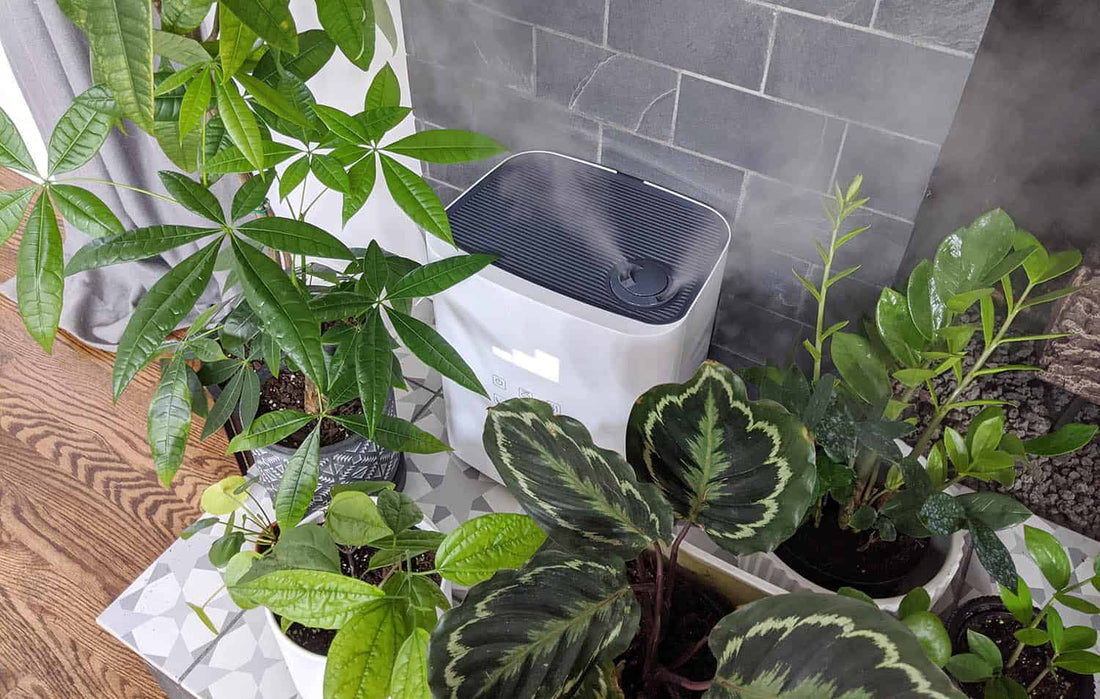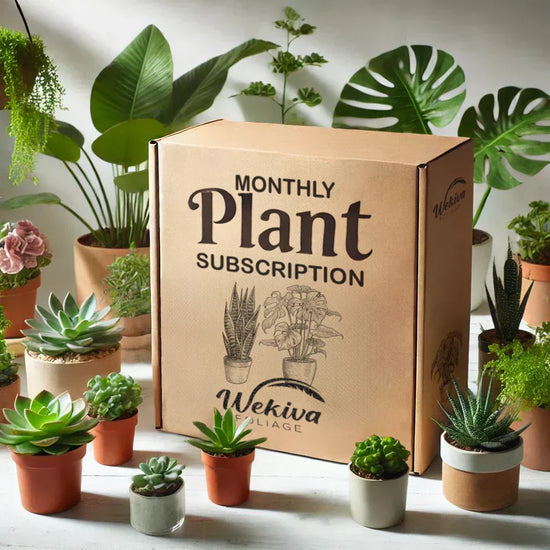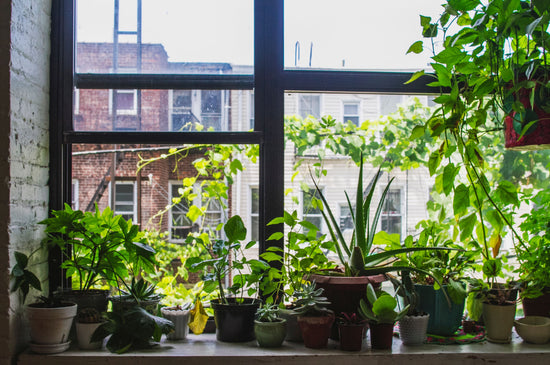How to Increase Humidity Levels for Tropical Plants in Your Home
Tropical plants thrive in environments with high humidity, often mimicking their natural rainforest habitats. However, maintaining these conditions indoors can be a challenge, especially during colder months when indoor air tends to be dry. Increasing humidity for your tropical plants is key to keeping their foliage lush and vibrant. Here’s how to create the perfect environment for your humidity-loving greenery.
Why Is Humidity Important for Tropical Plants?
Tropical plants, such as ferns, monstera, and philodendrons, naturally absorb moisture from the air through their leaves. When humidity levels are too low, plants may develop issues like brown leaf tips, curling leaves, or slow growth. Keeping the air moist helps these plants maintain their health and appearance.
Simple Ways to Increase Humidity for Tropical Plants
-
Group Your Plants Together
Plants release moisture through a process called transpiration. Placing several plants close together creates a small, humid microclimate around them. -
Use a Humidifier
A humidifier is one of the most effective ways to increase humidity. Place it near your plants and set it to maintain humidity levels between 50–60%, which is ideal for most tropical species. -
Place Plants on Pebble Trays
Fill a shallow tray with pebbles and add water until it just covers the bottom of the pebbles. Place your plant pots on top of the pebbles, ensuring the pot is not directly in the water. As the water evaporates, it increases the humidity around the plant. -
Mist Your Plants
Lightly mist your plants with room-temperature water using a spray bottle. Focus on the undersides of the leaves where plants absorb moisture most efficiently. Avoid misting plants prone to fungal issues, such as African violets. -
Move Plants to Humid Areas
Place your tropical plants in naturally humid areas like bathrooms or kitchens. Ensure they still receive the appropriate light levels for optimal growth. -
Use a Cloche or Terrarium
Covering smaller plants with a glass cloche or placing them in a terrarium traps moisture and creates a consistently humid environment. -
Keep a Water Feature Nearby
Adding a water feature like a small fountain can help maintain higher humidity levels while also enhancing the aesthetics of your space.
Signs Your Plants Need More Humidity
Brown tips on leaves, curling or crispy foliage, and slowed growth are common indicators of low humidity. Plants like ferns and calatheas are especially sensitive and may develop these symptoms quickly in dry conditions.
FAQs About Increasing Humidity for Plants
Q: How do I know if the humidity level is right for my plants?
A: Use a hygrometer to monitor humidity levels near your plants. Most tropical plants thrive in humidity levels of 50–60%.
Q: Can I mist my plants every day?
A: You can mist plants daily if they are in a very dry environment, but always monitor for signs of fungal growth or overwatering.
Q: Are there plants that don’t need high humidity?
A: Yes, plants like succulents, cacti, and snake plants are more tolerant of dry conditions and don’t require additional humidity.
Q: Can I use boiling water to create humidity?
A: Yes, placing a bowl of boiling water near plants can temporarily increase humidity as it cools, but this method is less consistent than a humidifier or pebble tray.
Increasing humidity for your tropical plants doesn’t have to be difficult. With these simple techniques, you can create a healthy, lush environment that allows your plants to thrive and beautify your indoor space.





